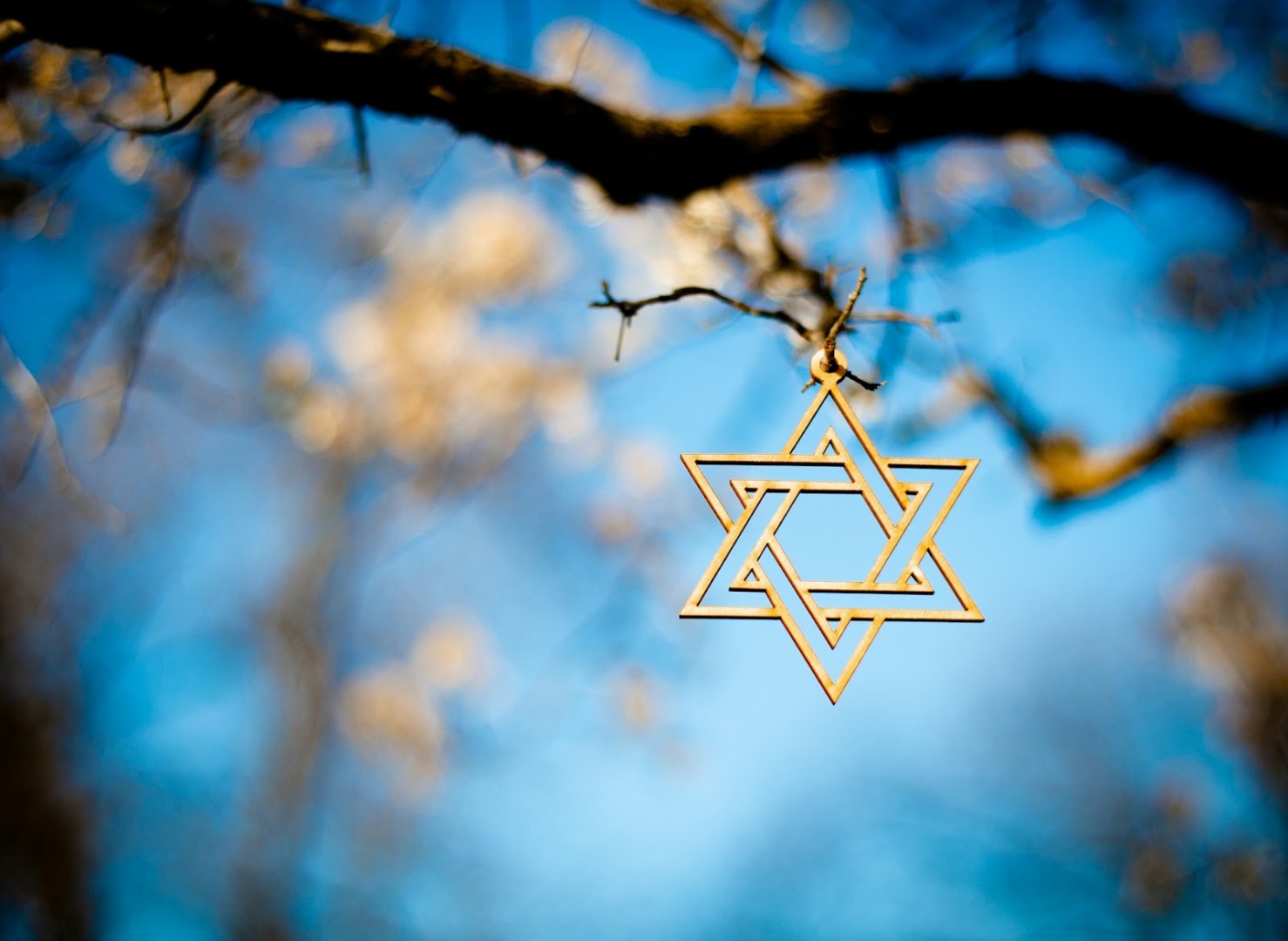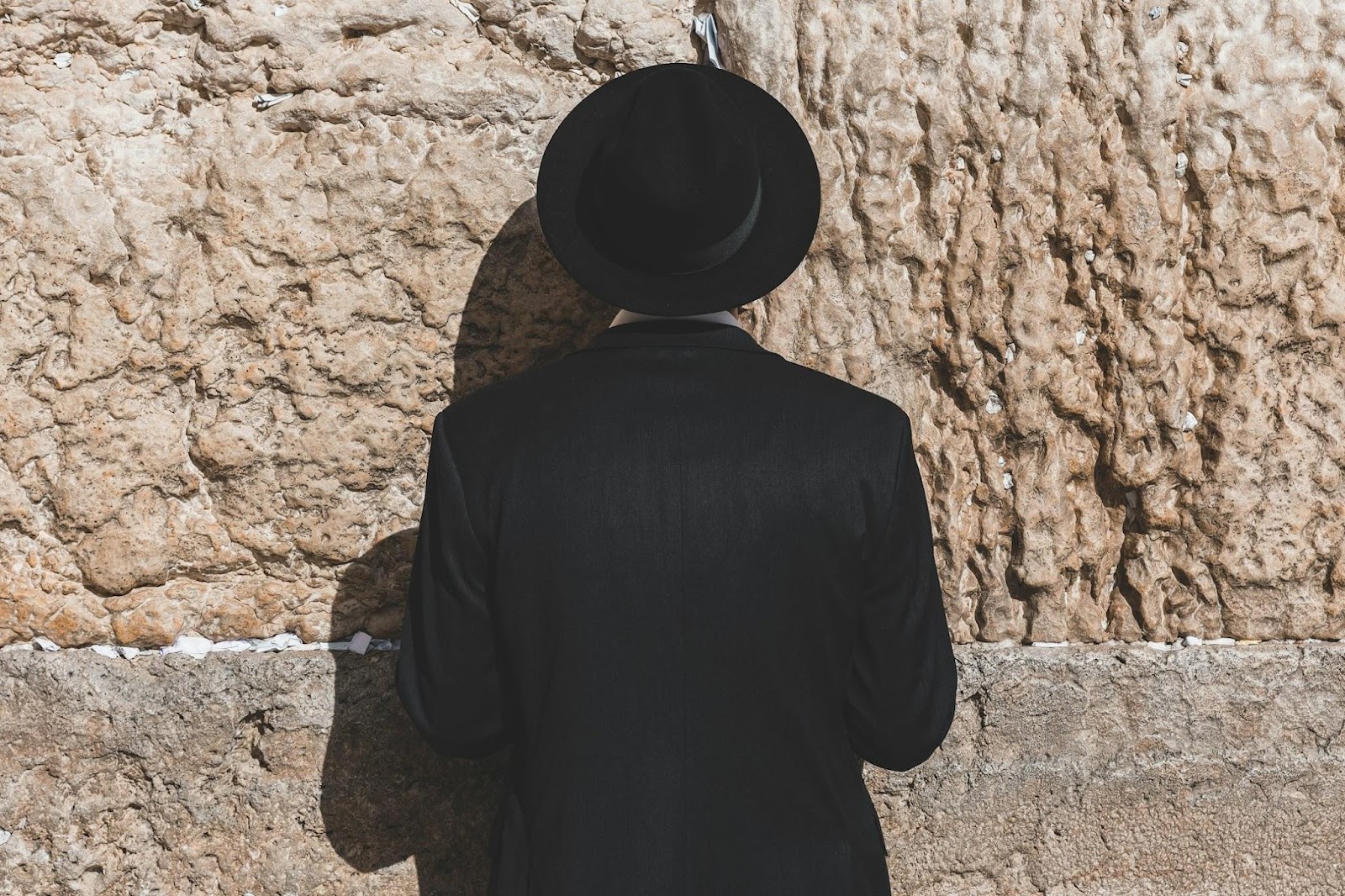
Celebrating Jewish Heritage: An Insight into Jewish Holidays
Jewish holidays are more than mere observances; they are vibrant threads in the rich tapestry of Jewish heritage, weaving together millennia of history, culture, and religious practice.
Each holiday reflects a unique aspect of Jewish life and belief, from joyous celebrations of divine miracles to solemn commemorations of historical tragedies. These sacred times are imbued with rituals, prayers, and customs that connect Jews to their past, their faith, and to one another. In this exploration of Jewish holidays, we will delve into the significance, traditions, and unique aspects of some of the most important days on the Jewish calendar, offering a window into the enduring spirit of Jewish culture and community.

Sukkot: The Festival of Booths
Sukkot, also known as the Festival of Booths, begins five days after Yom Kippur and lasts for seven days. This holiday commemorates the Israelites' 40-year journey through the desert after their exodus from Egypt, during which they lived in temporary shelters or sukkot. If you wonder how is sukkot celebrated, you should know that Jews celebrate by building and dwelling in sukkot, fragile structures covered with natural materials that allow the stars to be seen through the roof. The sukkah serves as a reminder of the transience of life and the protection provided by God. Sukkot is also a harvest festival, featuring the waving of the lulav (a palm branch bound with myrtle and willow) and the etrog (a citron fruit), which symbolize unity and the agricultural bounty of the land of Israel. The holiday is marked by joyous gatherings, meals in the sukkah, and the giving of thanks for the year's blessings.
Rosh Hashanah: The Jewish New Year
Rosh Hashanah, the Jewish New Year, marks the beginning of the High Holy Days, ten days of introspection and repentance culminating in Yom Kippur. Celebrated on the first and second days of Tishrei, Rosh Hashanah is a time for Jews to reflect on their actions over the past year and seek forgiveness for their transgressions. The holiday is rich with symbolism, including the sounding of the shofar, a ram's horn, which serves as a wake-up call to spiritual renewal. Traditional foods, such as apples dipped in honey, symbolize the hope for a sweet new year. The themes of repentance, prayer, and charity underscore the introspective and communal nature of this deeply significant holiday.
Yom Kippur: The Day of Atonement
Yom Kippur, the Day of Atonement, is the holiest day in the Jewish calendar. Observed on the tenth day of Tishrei, it is a solemn day dedicated to fasting, prayer, and repentance. On Yom Kippur, Jews seek to atone for their sins and seek reconciliation with God and others. The day's liturgy is profound and moving, featuring the recitation of the Vidui (confession) and the Al Chet (a list of sins for which forgiveness is sought). The fast, which lasts 25 hours, is a physical manifestation of spiritual purification and humility. Yom Kippur concludes with the Neilah service, a final plea for forgiveness, followed by the joyful sounding of the shofar, signaling the end of the fast and the hope for a fresh start.
Hanukkah: The Festival of Lights
Hanukkah, the Festival of Lights, celebrates the rededication of the Second Temple in Jerusalem following the Maccabean Revolt against the Seleucid Empire. It is an eight-day festival beginning on the 25th of Kislev. Hanukkah is best known for the miracle of the oil, where a small amount of oil, sufficient for only one day, miraculously burned for eight days in the Temple's menorah. Jews commemorate this miracle by lighting the Hanukkiah, a nine-branched candelabrum, adding one candle each night until all are lit. Traditional foods such as latkes (potato pancakes) and sufganiyot (jelly-filled doughnuts) are fried in oil, symbolizing the miracle. Hanukkah is also a time for games, songs, and the giving of gifts, making it a joyful celebration of faith and perseverance.
Purim: The Feast of Lots
Purim celebrated on the 14th of Adar, is a festive holiday that commemorates the salvation of the Jewish people in ancient Persia, as recounted in the Book of Esther. The wicked Haman's plot to annihilate the Jews was thwarted by Queen Esther and her cousin Mordechai, leading to a day of triumph and rejoicing. Purim is marked by the reading of the Megillah (Book of Esther), during which it is customary to make noise with graggers (noisemakers) whenever Haman's name is mentioned, to blot out his memory. The holiday is also characterized by the giving of mishloach manot (gifts of food) to friends, matanot la'evyonim (charity to the poor), and enjoying a festive meal, or seudah. Wearing costumes and engaging in playful, light-hearted revelry add to the celebratory spirit of Purim.

Jewish holidays are a testament to the resilience, faith, and enduring spirit of the Jewish people. They offer moments of joy, reflection, gratitude, and renewal, weaving together individual and communal experiences into a shared heritage. Each holiday serves as a reminder of the historical and spiritual journey of the Jewish people, reinforcing a sense of identity and continuity across generations. Celebrating these holidays fosters a deeper understanding of Jewish traditions and values, enriching the lives of those who observe them and offering a vibrant insight into the heart of Jewish culture.
Trending
-
1 Jocko Willink's Inspirational Life & Net Worth
Aaqil Ashraf -
2 How Art Shapes Culture and Reflects Human Experience
Luke Fitzpatrick -
3 Meet Felix Williams and Maria Arthuer: The Parents of World Class Winger Nico Williams
Felix Yim -
4 Kai Cenat's Dad and the Enduring Public Interest
Aaqil Ashraf -
5 London Tube Stations Closed as Workers Stage Strikes
Mihir Gadhvi





Comments